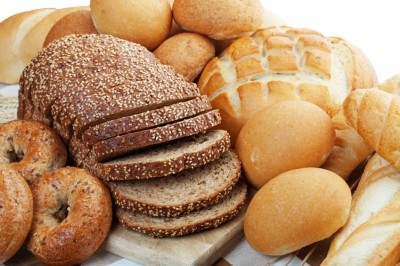Acrylamide regulations won’t reduce exposure, say campaigners as draft EU proposals are leaked

The laws, put forward by DG Sante, may also prevent member states pushing through their own initiatives to curb exposure, said Corporate Europe Observatory (CEO), Safe Food Advocacy Europe (SAFE) and WeMove.Eu. The groups have published leaked drafts of the documents.
The groups have published leaked drafts of the documents.
In a letter to health commissioner Vytenis Andriukaitis, they called for a legally-binding maximum level of acrylamide for different food categories in line with those set out by Denmark.
“The main problem of the Commission's draft regulation is that it is meaningless as a regulation [with] no maximum levels per food categories and no independent enforcement,” explained Martin Pigeon from CEO.
Self-regulation
Acrylamide naturally forms during most high-temperature cooking processes, so humans have been exposed to it since learning to toast bread, fry potatoes and roast coffee beans. With this ubiquity in mind, a law to limit exposure is far from straightforward.
The draft regulation therefore refers to ‘indicative values’ and leans towards self-regulation, with industry following ‘Codes of Practice’ that have been developed for potato-based products, cereal-based products, coffee and coffee substitutes and baby food.
“Food business operators should establish an ongoing monitoring programme of analysis for acrylamide levels to confirm that the application of the Code of Practice is effective to reduce the presence of acrylamide in food,” the leaked proposals read.
This, in turn, “should result in lower levels of acrylamide”, and therefore the indicative levels should be “regularly reviewed” in view of further reductions.
The campaigners claimed the new regulation, as it is, would make no difference to the current state of play. Firstly, the rules are not mandatory, they said. “This soft approach has been adopted since 2007 and has failed to reduce acrylamide levels in food,” their letter reads. “The draft regulation also proposes a mandatory application of a code of practice on acrylamide but without setting up provisions on how such application is to be enforced.”
Secondly, the values are higher than those put forward by Denmark, as well as Germany, and those published by the European Food Safety Authority back in 2012.
“The regulation's existence will prevent member states from deciding on stricter measures,” explained CEO’s Pigeon, citing the ‘three-colours’ food labelling proposals by the EU Commission that were “killed off” and replaced by industry's GDAs in 2011, forcing the UK into voluntary measures.
In January, as reported by FoodNavigator, the Danish minister for environment and food Eva Kjer Hansen said current EU guidelines don’t protect consumers enough, as she set out plans for lower indicative levels for the country’s manufacturers.
For potato crisps and wheat-based bread, Denmark suggested limits of 750 μg/kg and 50 μg/kg respectively, whereas DG Sante has gone for indicative values of 1000 μg/kg and 80 μg/kg.
A vote on the proposals is expected in late November.
The European Commission did not respond to the claims made by campaigners in time for publication, but a spokesperson said the technical discussions are “already well-progressed and it is foreseen that regulatory measures shall be presented for adoption by the Commission before the end of the year”. This would include “appropriate risk management measures to ensure that levels of acrylamide in food are as low as reasonably achievable”.
Harmonised approach
Industry would prefer a harmonised approach across the EU, rather than varying levels across member states. Food and Drink Europe said it has shared its thoughts with the Commission and has sought “technical clarification” on some of the provisions. “We are now looking forward to the outcome of the discussion between the Commission and member states’ competent authorities,” a spokesperson told FoodNavigator.
David Kidman, a partner in product liability at law firm DWF, said there is already an existing obligation on food producers and distributors to only sell food that is safe, with civil and regulatory consequences if they fail to do so.
“Concern has arisen over the intention to set ‘indicative values’ rather than legally binding maximum levels,” he explained. “However, this has to be seen against a background of existing food law requiring food to be safe, and a relative lack of knowledge of both the consequences of human exposure to acrylamide, and of viable and safe pathways to reduce or eliminate acrylamide.”
Last year, in its scientific opinion on acrylamide, EFSA stated that although evidence from human studies that dietary exposure to acrylamide causes cancer is "limited and inconclusive", the margin of exposure based on current levels of dietary exposure “indicate a concern”.
The same opinion said evidence from animal studies had shown that acrylamide is genotoxic and causes cancer.


















